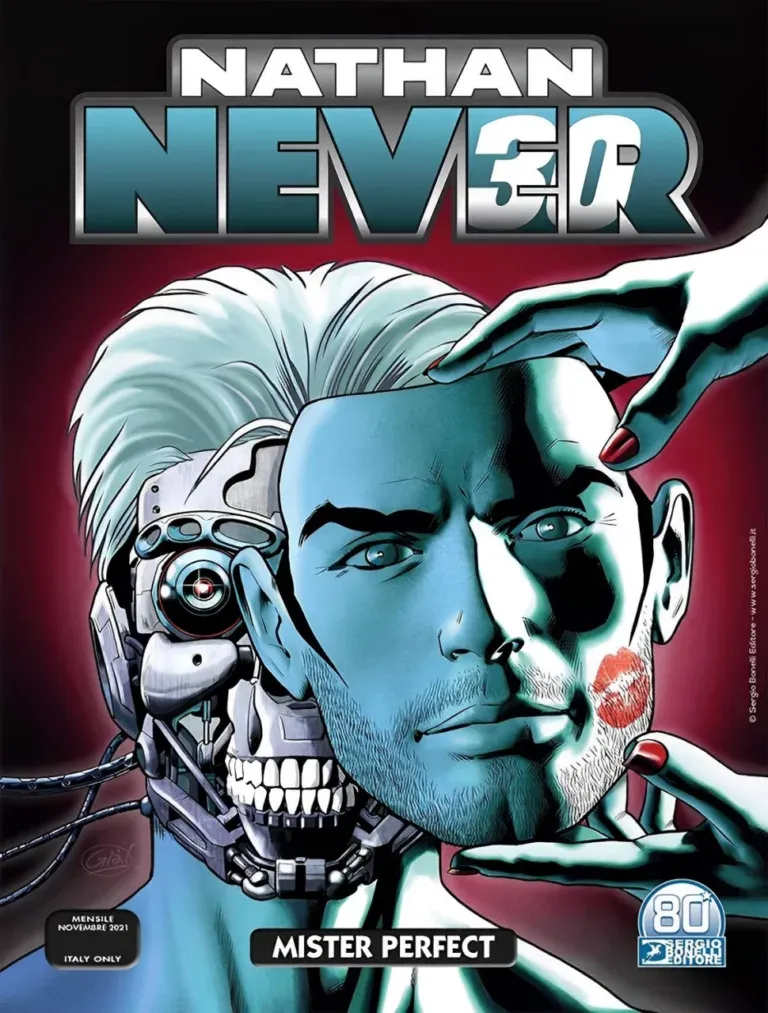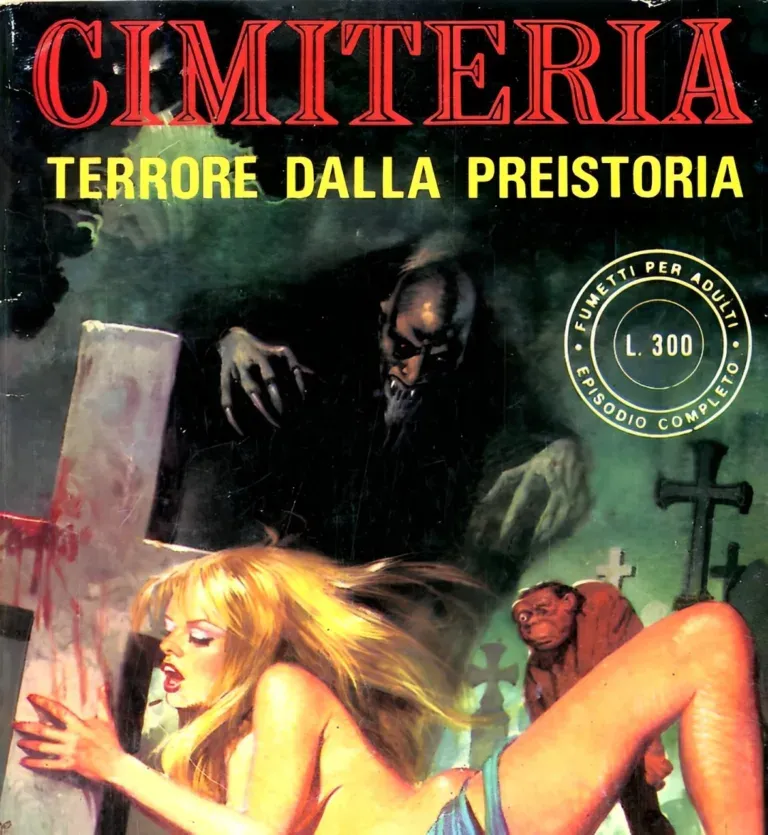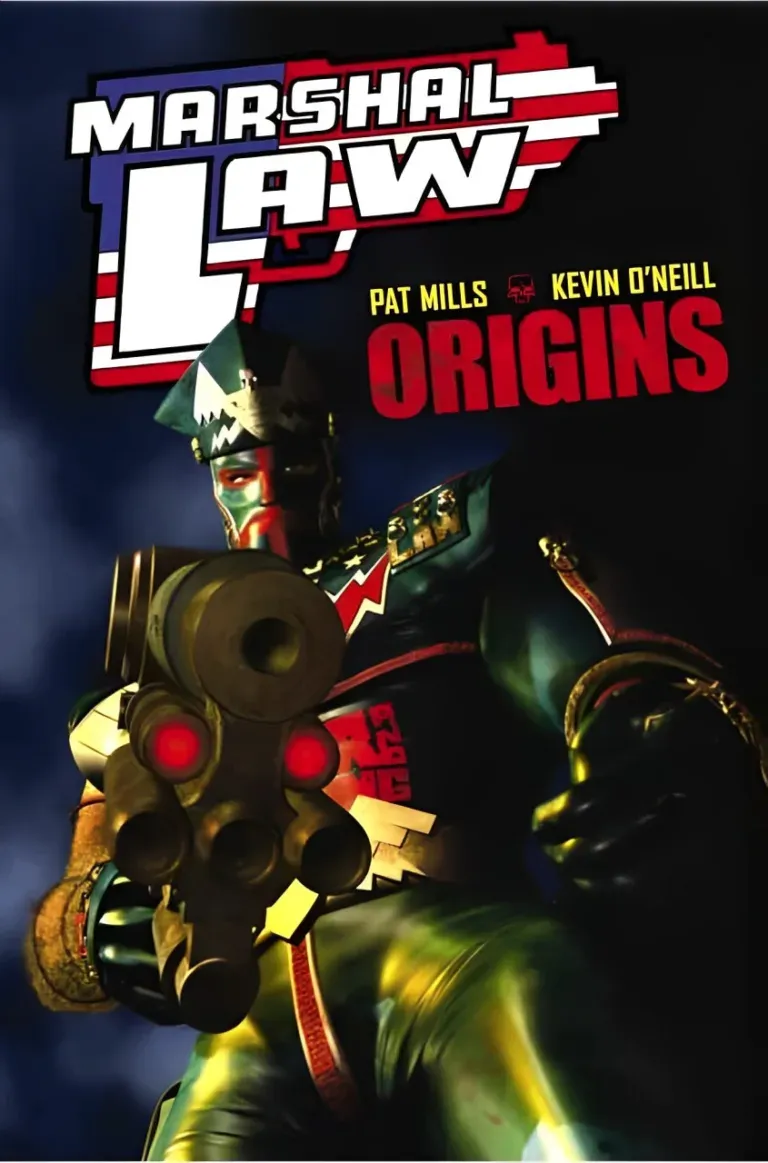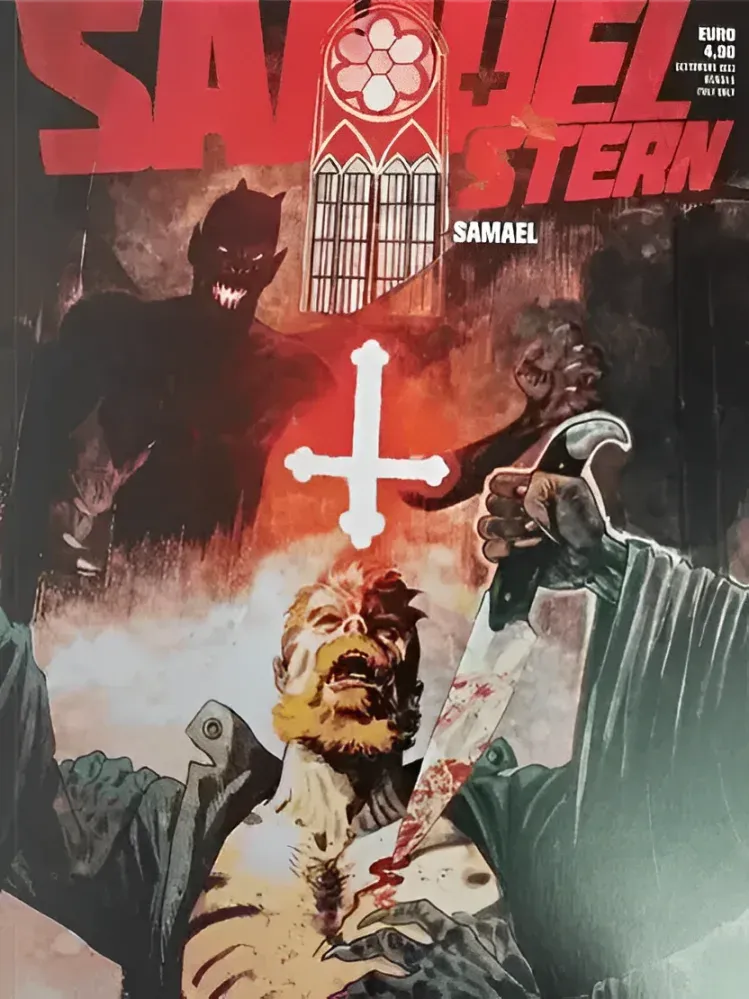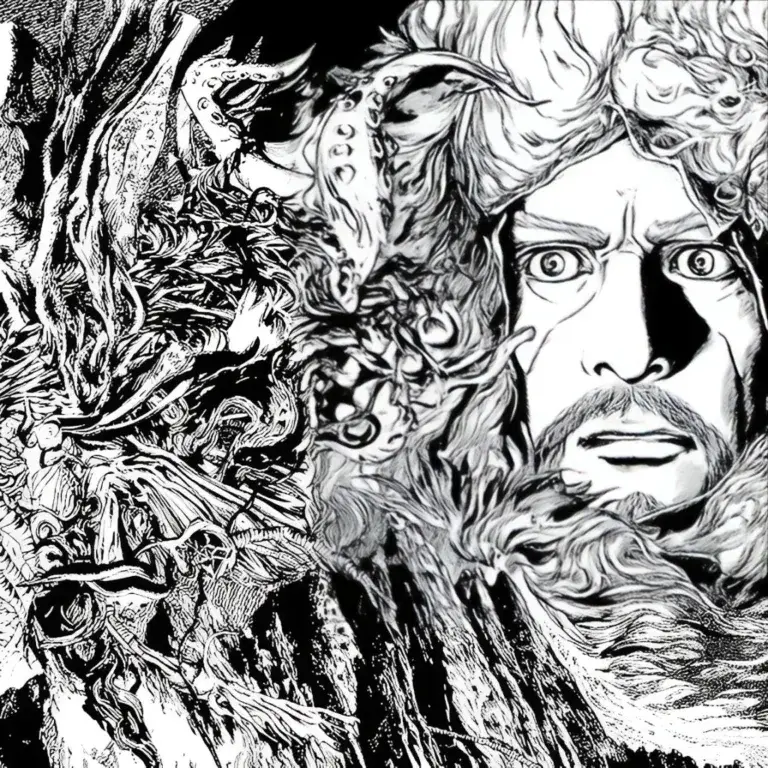The Boys
The Comic That Inspired the Eponymous TV Series The Boys
The Boys – Where Supes Get Their Hands Dirty (and Not Just That)
The Boys isn’t your typical superhero comic, and thank goodness for that. If you’re tired of spandex-clad folks rescuing kittens from trees with virtuous stares, then Garth Ennis and Darick Robertson have just the thing for you. Here, the “supes” aren’t exactly heroes but rather sociopaths chasing glory and personal satisfaction. Sure, there are explosions, epic battles, and iconic characters, but every page drips with a corrosive critique of the superhero myth and the culture that worships it.
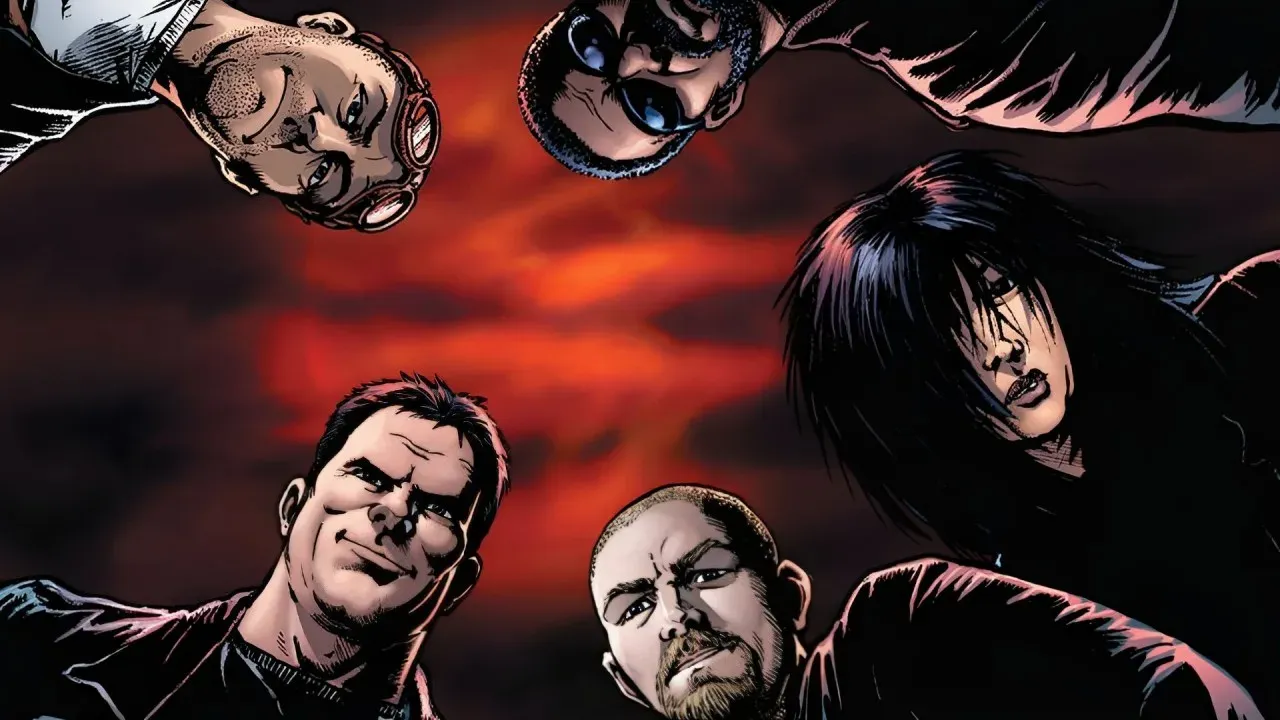
The protagonists? A group of “ordinary people” (though not quite) who decide to teach these arrogant gods a hard lesson. Billy Butcher, the team leader, embodies well-directed hatred. He’s a character with the charisma of a London gangster and the subtlety of a truck when it comes to morality. Then there’s Hughie, the hapless everyman, representing the reader thrown into a world of ultraviolence and razor-sharp humor.
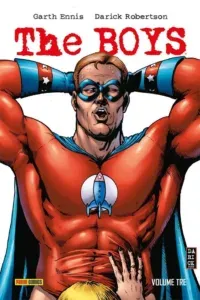
On the supes’ side, Vought-American is practically a multinational that makes Amazon or Meta look like Boy Scouts. The Seven, the world’s most powerful hero team, are a circus of corruption, egomania, and dark secrets that make modern politics look like a walk in the park. Homelander, with his Ken-like smile and god-sized ego, is the perfect villain—a lethal blend of toxic patriotism and homicidal insanity.
Ennis’s writing is sharp, cruel, and sometimes a little too self-satisfied with its own wickedness. But you can’t deny he’s created a coherent and brutal world that pulls no punches, neither with its characters nor its readers. With every page, you wonder, “Can it get worse than this?” The answer is always yes.

Darick Robertson’s artwork is perfect for this chaos. Every panel is detailed, dirty, and raw, with an almost sadistic attention to showcasing the characters’ worst traits. The facial expressions alone are worth the price of admission—every smile is a gut punch, every glance a warning.
The Boys is a slap in the face to those who overly idealize superheroes. It’s a love letter to humanity’s darker side, filled with blood, sweat, and tears (but mostly blood). It’s also a stark reminder of how absolute power corrupts absolutely, without the excuse of shiny armor or good intentions.
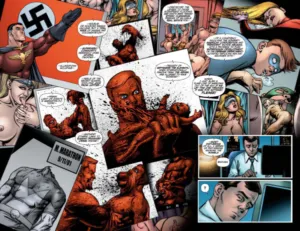
Of course, it’s not for everyone. If you have a weak stomach or are particularly attached to the idea of Superman as the ideal of human perfection, you might want to pass. But if you love chaos, cynicism, and the guilty pleasure of seeing gods with feet of clay kicked in their metaphorical teeth, then this is your comic.
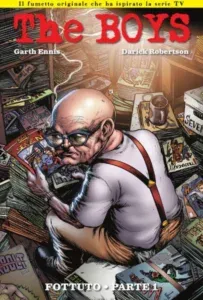 Spoiler Paragraph, stop reading here to avoid surprises:
Spoiler Paragraph, stop reading here to avoid surprises:
In issue #21, we uncover the horrifying truth about Homelander’s past. A mix of genetic experiments and trauma inflicted by Vought. The flashback to his first “mistake” (let’s just say a plane never had less hope) reveals that our hero was rotten from the start. The real twist? The smug smile that accompanies his first act of genocide. A chilling moment that cements Homelander as one of the worst antagonists ever created.
There’s much to love (or hate) in The Boys, but one thing is certain: you’ll never forget this descent into the inferno of the superhero genre!
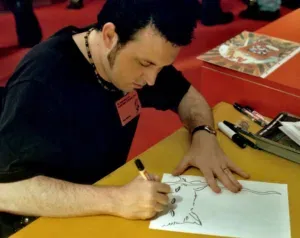

 Subscribe to our YouTube channel
Subscribe to our YouTube channel
Explore the world of Horror Comics

